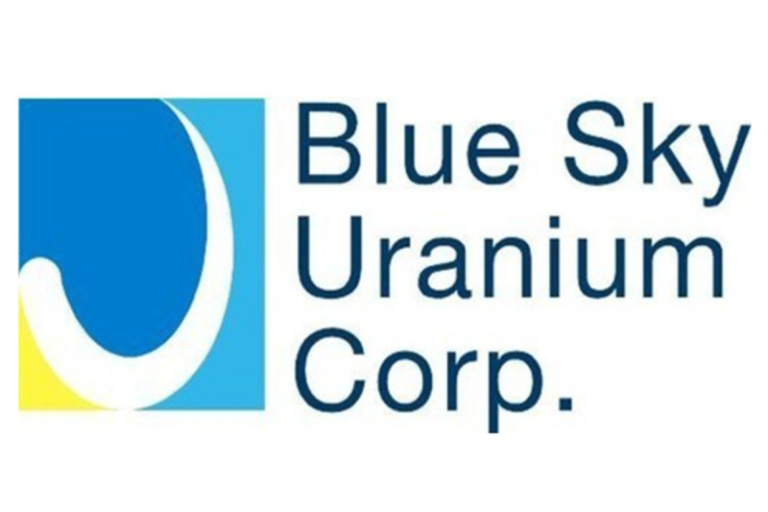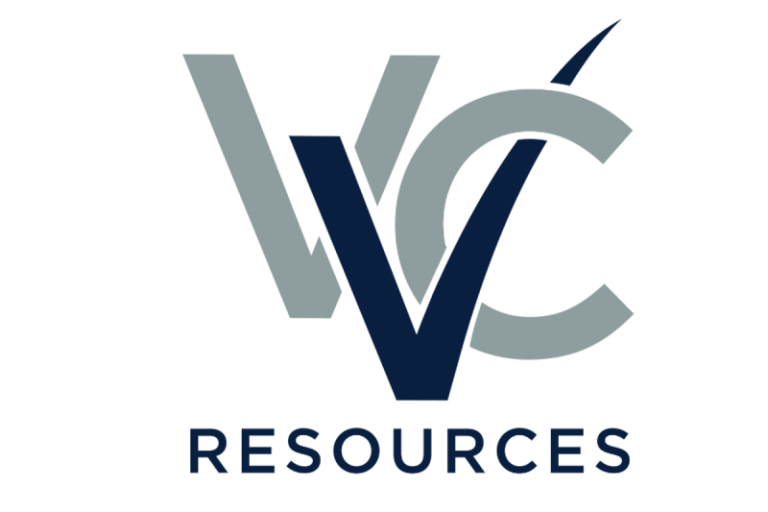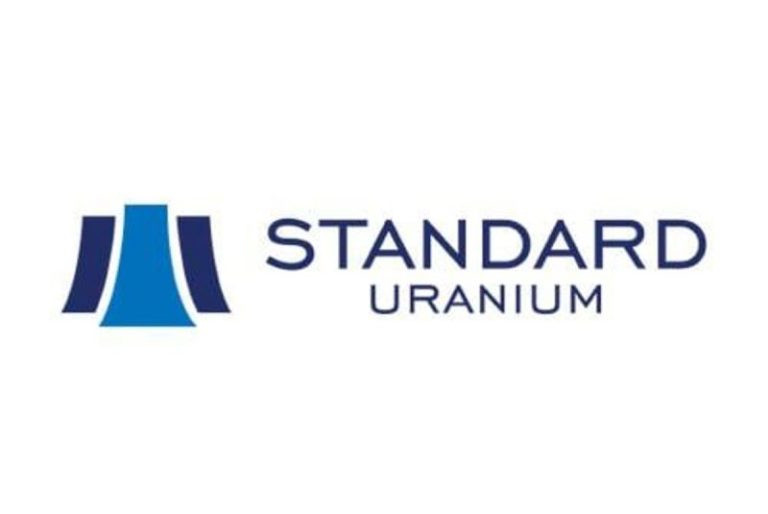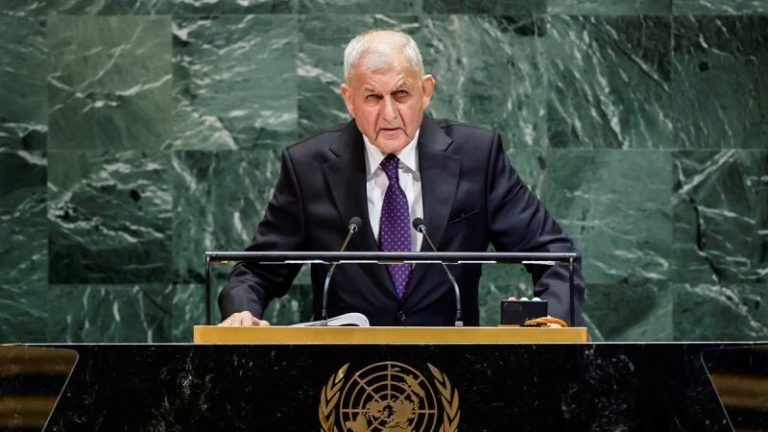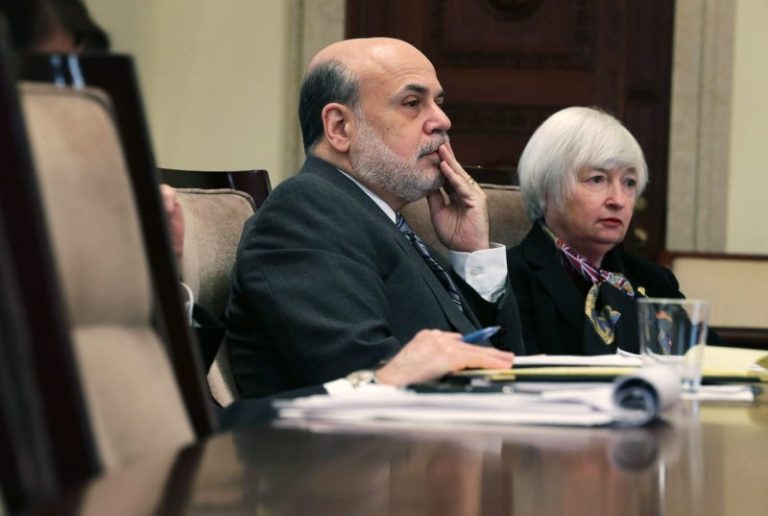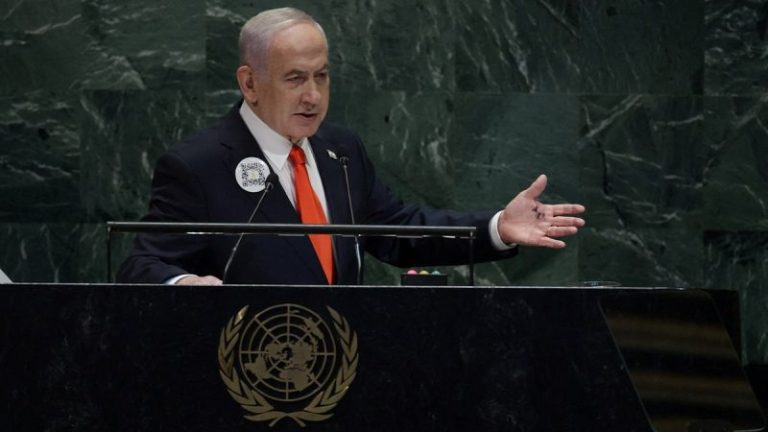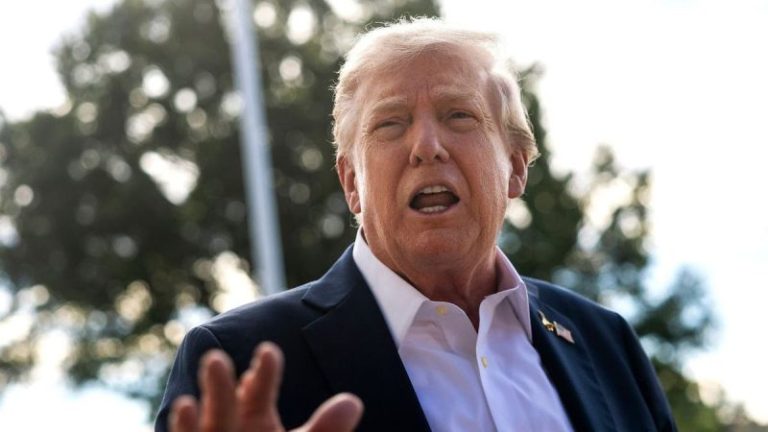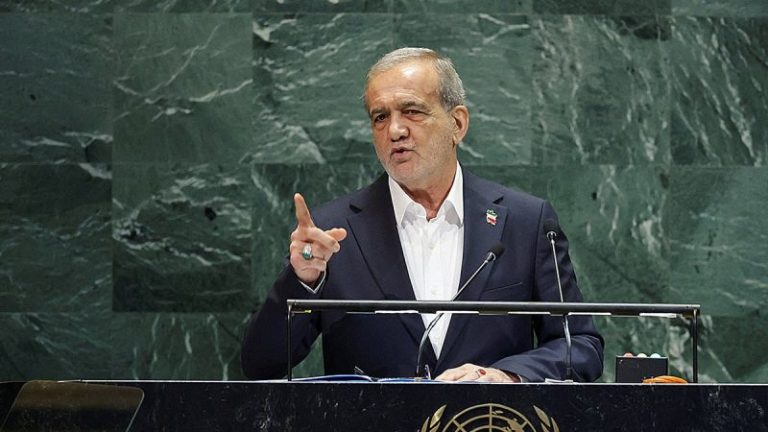Blue Sky Uranium Corp. (TSX-V: BSK, FSE: MAL2; OTC: BKUCF), ‘Blue Sky’ or the ‘Company’) is pleased to announce that Ivana Minerales S.A. (‘ IMSA ‘, a partnership with a subsidiary of Corporacion America Group ‘ COAM ‘) has commenced the first exploration program on targets surrounding the Ivana deposit. Pursuant to the Earn-In Agreement, IMSA has the exclusive right and option (the ‘ Call Option ‘) to acquire a 100% interest in all or part of certain exploration targets at the Amarillo Grande Project (the ‘ Call Option Targets ‘) (see press release dated February 27, 2025 ). The program started with a pole-dipole electrical tomography survey at the Ivana Gap target to delineate potential drill targets in the area immediately north of the Ivana Deposit (see Figure 1 ).
In addition to this exploration initiative, the Company also reports that IMSA has completed the previously announced infill drilling program at the Ivana Deposit, marking a key milestone towards completing a prefeasibility study (‘ PFS ‘). The infill program included 4,959 metres of drilling across 328 holes, bringing the total drilling at the deposit to 15,839 metres of drilling across 1,166 holes (see Figure 2 ). The objective of the program is to provide data to update and upgrade the current mineral resource categories, which presently are comprised of approximately 80% indicated resources (see press release dated February 22, 2024 ).
Nikolaos Cacos , Blue Sky President & CEO commented, ‘These complimentary programs contribute to Blue Sky’s strategic objectives of advancing the many high-quality exploration targets into economic uranium deposits at the district scale Amarillo Grande Project, with Ivana potentially providing the initial production and a central processing facility.’
Concurrent with the above programs, IMSA has initiated a comprehensive Gap Analysis, a key step in transitioning the Ivana Project from an exploration-stage asset into a development-stage project. The analysis, which is expected to take between four and six weeks, is designed to identify all the additional studies, engineering work, and permitting requirements needed to support both a pre-feasibility study and, ultimately, a definitive feasibility study (‘ DFS ‘). Beyond identifying any missing elements, the Gap Analysis will provide a structured roadmap with clear sequencing of tasks, indicative timelines, and an initial framework for estimating project-wide capital and operating costs.
Program Details
Call Option Targets Exploration
This program began with a 5 line-kilometre pole-dipole electrical tomography (‘ ET ‘) survey to delineate new targets for drilling at the Ivana Gap target. The program aims to follow the southern extension of mineralization at the Ivana Central target ( Figure 1 ) where previous drilling identified a +2.4km long and +1km wide NNW-SSE corridor situated between 40m and 60m depth, open to the north and south. This corridor returned elevated silver-cobalt-copper-uranium-tungsten, including 0.35m @ 2,880ppm Ag (see press release dated May 24, 2023 ).
This geophysical method was successfully employed at the Ivana deposit, aiding in drill targeting that led to the discovery. The ET survey is useful for detecting potential buried zones with high porosity and the presence of a reduction zone where organic matter and/or pyrite/sulphide minerals have potentially trapped uranium mineralization.
The geophysical survey is expected to be concluded within 10 days, followed by approximately one week of data processing. Based on the ET results, the Company will define the extent of the planned diamond drilling program at the Ivana Gap target and the precise collar locations for the drill holes.
Ivana Deposit Infill Drilling Program
The completed RC drilling program included 328 holes, averaging 15 metres in depth, and totaling 4,959 metres of drilling. The program was carried out by Patagonia Drilling using a FlexiROC D65 drill rig from Atlas Copco, an ore-control track-mounted rig adapted to reverse circulation with triple cyclone to reduce dust loss during sampling and automatic sampling.
The program included grid drilling within the mineralized areas for better geological understanding and improved confidence, as well as drilling at the borders of the deposit model for better delineation of its extents. In addition, drilling also tested a crucial area near the core of the deposit, proximal to some of the highest uranium grades, where poor soil conditions had previously restricted access. The Ivana deposit now has a total of 15,839 metres of RC drilling in 1,166 holes spaced at approximately 75m x 75m within the boundaries of the modelled deposit.
A total of 5,443 samples were sent to ALS Argentina for preparation and sent to ALS Peru for analysis of multi-elements ultra-trace method combining four acid digestion with Inductively Coupled Plasma (‘ ICP ‘) instrumentation. The program included 322 blanks, fine and coarse blank samples, 162 duplicates from original samples and 92 certified standards, which were inserted into the sample sequence for quality assurance/quality control (‘ QA/QC ‘) purposes.
Ivana Deposit Gap Analysis
The scope of the Gap Analysis is extensive. It will assess metallurgy, mine design, process engineering, infrastructure, environmental and social considerations, water management, and permitting strategies. M3 Engineering and Technology Corporation is leading the process and is responsible for overall coordination, as well as reviewing metallurgical test work, process flowsheets, non-mining engineering activities, infrastructure requirements, and preparation of the final report. SRK Consulting is tasked with mine planning, reserve estimation, geotechnical studies, and the design and review of the tailings storage facility. Hidroar S.A. is reviewing all requirements related to the environmental impact assessment, with a particular focus on strategies for groundwater management, permitting compliance, and environmental baseline studies. Lionsgate Geological Consulting Inc. will review the mineral resource estimate. Meanwhile, Blue Sky’s internal team provides geological oversight, integrating exploration data, and managing general project coordination.
The Gap Analysis is not only a technical exercise but also a strategic step that will allow Ivana Minerales to evaluate project risks, define critical path activities, and prioritize expenditures. The outcome will be a comprehensive plan positioning the Ivana Project for advancement into pre-feasibility with a clear understanding of both the opportunities and challenges ahead.
Qualified Persons
The technical contents of this news release have been reviewed and approved by Mr. Ariel Testi , CPG, who works for the Company and is a Qualified Person as defined in National Instrument 43-101.
About Ivana Minerales S.A.
Ivana Minerales S.A. is the operating company for the joint-venture between Blue Sky and its partner Abatare Spain, S.L.U. to advance the Ivana Uranium-Vanadium deposit in Rio Negro Province of Argentina . The activities of JVCO are subject to the earn-in transaction (the ‘ Agreement ‘) in which COAM will fund cumulative expenditures of US$35 million to acquire a 49.9% indirect equity interest in the Ivana deposit, and then has the further right to earn up to an 80% equity interest in JVCO by completion of a feasibility study and funding the costs and expenditures up to US$160,000,000 to develop and construct the project to commercial production, subject to the terms and conditions in the Agreement. JVCO also has a Call Option to acquire a 100% interest in all or part of certain exploration targets owned by Blue Sky’s 100% held subsidiary, subject to certain conditions. For additional details, please refer to the News Release dated February 27, 2025 , as well as the Company’s latest Financial Statements & MD&A available at blueskyuranium.com .
About Blue Sky Uranium Corp.
Blue Sky Uranium Corp. is a leader in uranium discovery in Argentina . The Company’s objective is to deliver exceptional returns to shareholders by rapidly advancing a portfolio of uranium deposits into low-cost producers, while respecting the environment, the communities, and the cultures in all the areas in which we work. Blue Sky’s flagship Amarillo Grande Project was an in-house discovery of a new district that has the potential to be both a leading domestic supplier of uranium to the growing Argentine market and a new international market supplier. The Company’s recently optioned Corcovo project has potential to host an in-situ recovery (‘ ISR ‘) uranium deposit. The Company is a member of the Grosso Group, a resource management group that has pioneered exploration in Argentina since 1993.
ON BEHALF OF THE BOARD
‘Nikolaos Cacos’
______________________________________
Nikolaos Cacos , President, CEO and Director
Neither TSX Venture Exchange nor its Regulation Services Provider (as that term is defined in policies of the TSX Venture Exchange) accepts responsibility for the adequacy or accuracy of this release.
This news release may contain forward-looking statements and forward-looking information (collectively, the ‘forward-looking statements’) within the meaning of applicable securities laws. Forward-looking statements address future events and conditions and therefore involve inherent risks and uncertainties. Any statements that are contained in this press release that are not statements of historical fact may be deemed to be forward-looking statements. Forward-looking statements are often identified by terms such as ‘may’, ‘should’, ‘anticipate’, ‘will’, ‘estimates’, ‘believes’, ‘intends’ ‘expects’ and similar expressions which are intended to identify forward-looking statements. More particularly and without limitation, this press release contains forward-looking statements that, other than statements of historical fact, address activities, events or developments the Company believes, expects or anticipates will or may occur in the future, including, without limitation, statements about the Company’s planned drilling campaigns, its objectives and the potential mineral content of its projects. Forward-looking statements are not guarantees of future performance and accordingly undue reliance should not be put on such statements due to the inherent uncertainty therein.
Forward-looking statements are subject to a number of risks and uncertainties that may cause the actual results of the Company to differ materially from those discussed in the forward-looking statements and, even if such actual results are realized or substantially realized, there can be no assurance that they will have the expected consequences to, or effects on, the Company. Factors that could cause actual results or events to differ materially from current expectations include, among other things: uncertainty relating to mineral resources; risks related to heavy metal and transition metal price fluctuations, particularly uranium and vanadium; risks relating to the dependence of the Company on key management personnel and outside parties; the potential impact of global pandemics; risks and uncertainties related to governmental regulation and the ability to obtain, amend, or maintain licenses, permits, or surface rights; risks associated with technical difficulties in connection with mining activities; and the possibility that future exploration, development or mining results will not be consistent with the Company’s expectations, including in respect of the Company’s planned exploration program described in this news release. Actual results may differ materially from those currently anticipated in such statements. Readers are encouraged to refer to the Company’s public disclosure documents for a more detailed discussion of factors that may impact expected future results. The forward-looking statements contained in this press release are made as of the date of this press release, and the Company does not undertake any obligation to update publicly or to revise any of the included forward-looking statements, whether as a result of new information, future events or otherwise, except as expressly required by securities law.
View original content to download multimedia: https://www.prnewswire.com/news-releases/blue-sky-uranium-launches-exploration-program-after-completing-ivana-deposit-infill-drilling-program-and-advances-towards-prefeasibility-study-at-amarillo-grande-project-argentina-302568877.html
SOURCE Blue Sky Uranium Corp.
View original content to download multimedia: http://www.newswire.ca/en/releases/archive/September2025/29/c5801.html
News Provided by Canada Newswire via QuoteMedia

